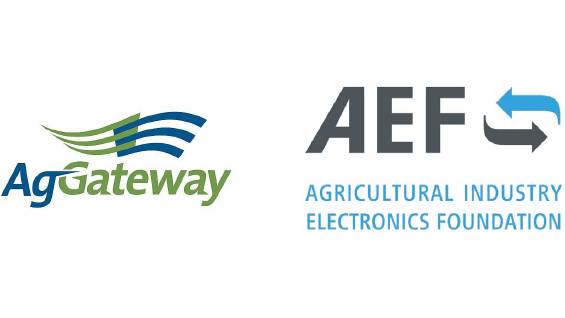Agriculture and Technology: Industry Progress Lies in Collaboration and Looking Further Ahead

Farmers need to be open to allowing select companies that interest them to have an inside look at their operation, try a new product, and provide feedback for further development.
Water is essential for agriculture. While this may seem obvious, nowhere is it more apparent than the Sonoran Desert of Southern California and Arizona, where the average annual rainfall is only 2.9 inches per year. It may come as news to some, then, that this area is one of the most agriculturally productive regions in the country. In fact, nearly all lettuce, spinach, and several other produce crops are supplied almost entirely by this area in the winter months because of its ideal (winter) climate.
The area is fortunate to have a fairly dependable source of water, namely the Colorado River, which is diverted, canalled, and pumped to the fields. With ready access to affordable water, innovation around irrigation and efficient water use has been slow in this area. That may be about to change, however.
After the most recent drought that ended last spring, the state of California has been rolling out stricter water and environmental regulations. In many areas, all water and nutrient applications need to be accounted for and reported to the state. Anyone who fails to report or misuses water or nitrogen fertilizers can be subject to large fines.
While the region surrounding Imperial, CA, and Yuma, AZ, is fortunate to have the Colorado River in its backyard, it is not immune to water issues. The Colorado River is dependent on snowpack in the Rocky Mountains, specifically the Uintas in Utah. With Utah and surrounding states experiencing an unusually mild winter and low snowpack this year, it’s likely that the river and the many reservoirs that it feeds will be low this season. This could be a troubling sign of things ahead for the Southwestern U.S.
MORE BY NATE DORSEY
Sensor Trends in Agriculture: Finding the Balance Between Affordable and Expensive
To address these concerns, the Western Growers Center for Innovation and Technology (WGCIT) held a unique event this February in Brawley, CA. The Innovation in the Imperial Valley event brought together local farmers and representatives from technology companies to have open discussions about how technology could advance agriculture in the region, especially around water use and irrigation.
When thinking about problems technology can solve, George Kellerman of Yamaha Corp. mentioned, “If you just automate today’s practices, you’re not going to survive. We need to collaborate and find something that will work tomorrow.” Collaboration can be difficult. With so many technology start-ups trying to get into the agriculture sector, it can be hard to know who to partner with or what products will make a difference in farming.
With the global population and associated food demand increasing, there is a lot of opportunity for technology companies in the agriculture industry. As a result, there have been a lot of technology start-ups in the last few years aimed at solving some of agriculture’s most difficult challenges. However, employees of these companies often lack agriculture experience, and rely on farm partnerships for real-world testing and insight.
Sebastien Boyer, co-founder of Farmwise, mentioned one of their biggest challenges was finding growers who were willing to work with them. While growers might not hesitate to work with a large organization such as Yamaha Corp. or John Deere Co., smaller start-ups are often disregarded. The benefit of these smaller companies is that they are often able to come to market with new technology faster, create more customized tools, and have highly innovative products and ideas. If given the opportunity through collaboration, they could push the industry further and faster than it ever has before.
In order to progress the industry, there needs to be additional collaboration between technology companies and food producers. Both sides can contribute, with technology employees leaving the city and seeing what true challenges and opportunities exist in agriculture. By gaining a better understanding of how farmers actually grow crops, they will be able to see how their products may or may not be suited to the market. Additionally, farmers need to be open to allowing select companies that interest them to have an inside look at their operation, try a new product, and provide feedback for further development.
When thinking about precision agriculture technology, it’s easy to get caught up in the latest advancements and their specifications and features. And while adopting new technology is important so to not be left behind in an ever-changing industry, it’s imperative to think of the future as well. This includes asking questions like, “Where do I want to be in 5, 10, 20, or 30 years?” “What are the problems that could be fixed in an operation that would increase efficiency and profitability?” “If these technologies are not on the market today, is there someone I can partner with to develop the tools needed?”
In the end, no matter in what area of the country or world we do business, we should all remember the overarching theme that came out of the Western Growers Center for Innovation and Technology event. While there are many technologies on the market today that can help address issues in agriculture, what about tomorrow?










